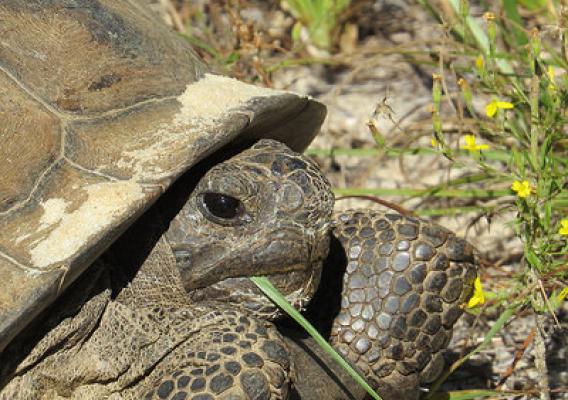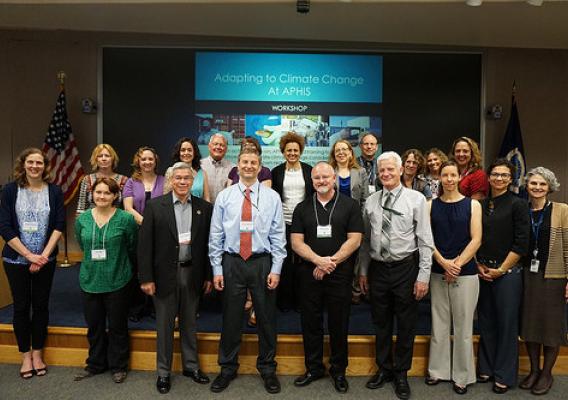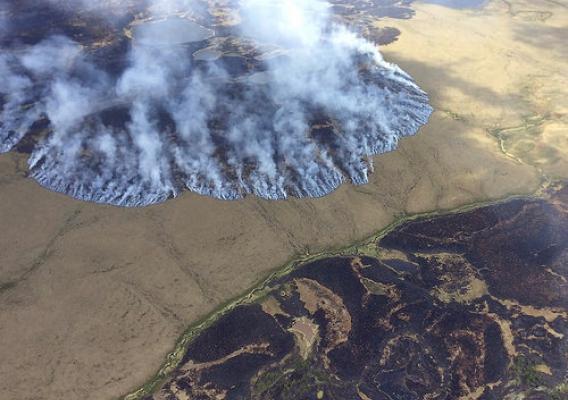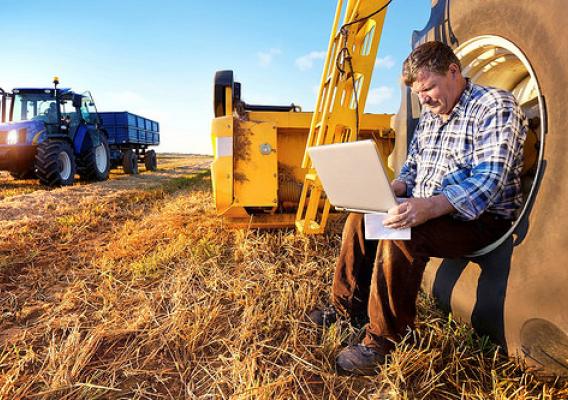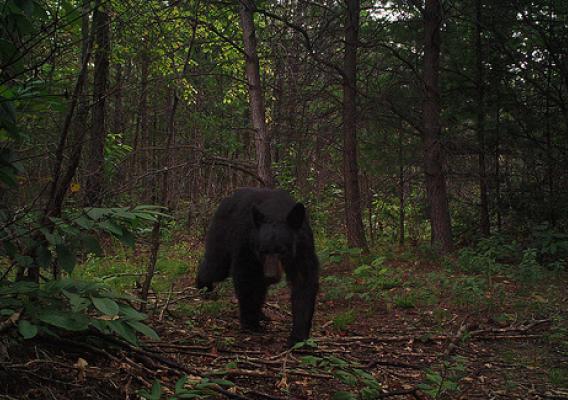All this month we will be taking a look at what a changing climate means to Agriculture. The ten regional USDA Climate Hubs were established to synthesize and translate climate science and research into easily understood products and tools that land managers can use to make climate-informed decisions. The Hubs work at the regional level with an extensive network of trusted USDA agency partners, technical service providers, University collaborators, and private sector advisers to ensure they have the information they need to respond to producers that are dealing with the effects of a variable climate. USDA's Climate Hubs are part of our broad commitment to developing the next generation of climate solutions, so that our agricultural leaders have the modern technologies and tools they need to adapt and succeed in the face of a changing climate.
How important will climate change considerations be in your work in the next 3-5 years? That was one of the questions USDA employees were asked in mid-April at the start of a two-day workshop at the Animal and Plant Health Inspection Service (APHIS) in Riverdale, Maryland. The hands-on training session, facilitated by APHIS’ Climate Change Working Group, the Forest Service, Northern Forests Climate Hub and the Northern Institute of Applied Climate Science, was designed to help APHIS employees from various program and support units incorporate climate change considerations into their actual projects.

